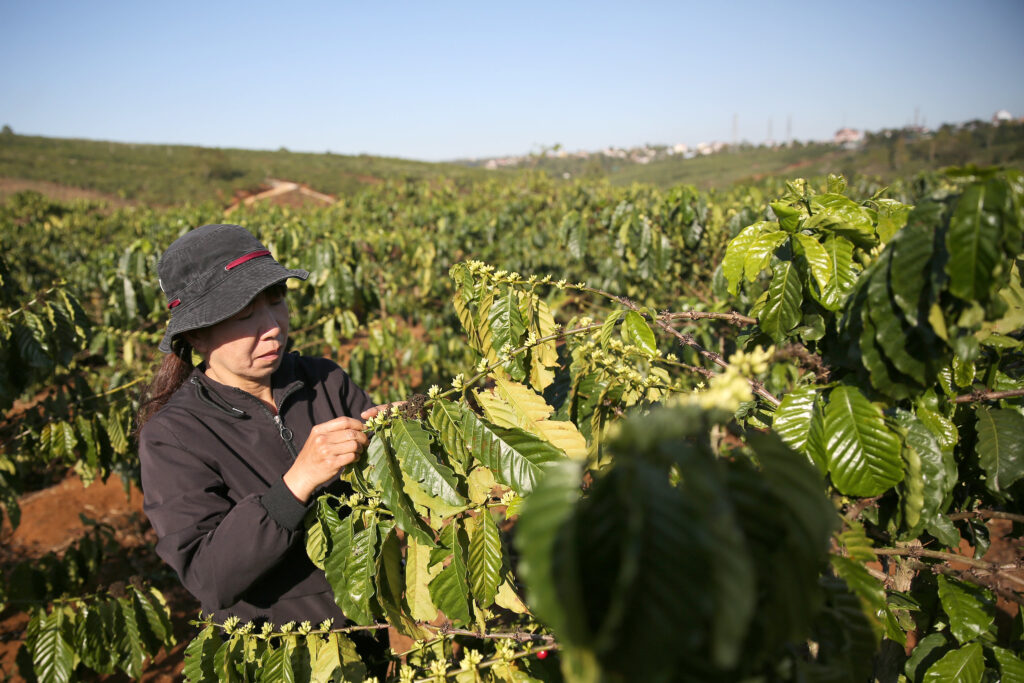BANGKOK, Thailand (ILO News) – Climate change is having a serious impact on the safety and health of workers in the Asia-Pacific region.
From intense heatwaves to dangerously deteriorating air quality, workers are bearing the brunt of the impacts and have no choice but to continue working, even in dangerous conditions, without adequate protection or tools. This often happens.
Heat stress is perhaps the most obvious challenge. As temperatures rise, people working outdoors, such as in agriculture, construction, fishing, and transportation, are particularly vulnerable and face an increased risk of heat-related illnesses such as heat stroke.
However, indoor workers are also at risk, especially those exposed to heat sources and poorly ventilated areas. Factories, food processing plants, brick kilns, and warehouses are all just as dangerous to workers as working in the hot sun.
Regulation, enforcement, mitigation strategies, training, and increased awareness all make a difference. Empowering workers to stop working due to extreme heat without fear of losing wages or jobs is critical.
As air pollution worsens due to climate change, the risk of respiratory diseases increases. Poor air quality is an everyday reality in cities such as Beijing, New Delhi and Bangkok, posing serious health risks to workers exposed to pollutants.
Ideally, the root cause should be addressed. But for delivery drivers and street vendors who spend all day inhaling this toxic soup, minimizing the impact requires awareness, protective equipment, and adapting work patterns where possible.
In addition to heat stress and air pollution, the increasing frequency and intensity of extreme weather events poses further challenges to workplace safety and health.
From cyclones and floods to droughts and wildfires, natural disasters disrupt businesses, put workers at risk and cause significant economic losses.
One example is the garment industry, where a recent study by Cornell University's Global Labor Institute found that extreme heat and flooding could cost the sector $65 billion in export revenue and 950,000 jobs by 2030. It turns out that there is something.
Post-disaster recovery operations must prioritize the safety and health of workers and ensure access to essential services, protective equipment, and psychosocial support.
Not all workers are affected in the same way. Those who suffer most are vulnerable people, undocumented workers, migrants and marginalized people. Women are also disproportionately affected. Long-standing inequalities and limited access to resources impede their ability to adapt to changing environmental conditions.
In the face of these challenges, concerted action is urgently needed to protect worker safety and health in a changing climate.
The starting point must be a robust regulatory framework, essential to enforcing safety standards and protecting workers from climate-related hazards.
In 2022, the International Labor Conference agreed to include a “safe and healthy working environment” in the ILO's Framework of Fundamental Principles and Rights at Work. This has important implications for policy and practice.
Governments are now forced to enact and enforce laws that require workplace safety and health measures, adequate breaks, and access to personal protective equipment, especially in high-risk industries.
Although some countries in the region, such as China, India, Singapore, Thailand, and Vietnam, have implemented laws and guidelines to address excessive heat in the workplace, there are Protection remains fragmented.
We really need comprehensive legislation that integrates climate resilience into existing occupational health and safety frameworks, risk assessments and preventive measures.
Furthermore, developing practical, adaptable and effective policies at the workplace level requires social dialogue between government, employer and worker representatives as well as researchers and experts in the field. It's essential. Coordination and knowledge transfer and capacity building between government departments are important to ensure policy coherence and implementation. Occupational health and safety efforts should also be integrated into broader public health campaigns.
At the same time, raising awareness and building capacity among workers and employers will help foster a culture of prevention and resilience. Training programs in heat stress prevention and management, emergency preparedness, and occupational health can empower workers to protect themselves and their colleagues from climate-related risks.
Trade unions play an important role in this process. By advocating for workers' rights and ensuring their voices are heard, we can advocate for fair and equitable policies that champion workplace safety and drive positive change.
As we commemorate World Safety Day 2024, let us reaffirm our commitment to protecting worker safety and health in the face of climate change. By taking decisive action and investing in climate-resilient workplaces, we will build a future where safety, health and sustainability go hand in hand, leaving no one behind and making it safer for everyone. You can pursue a healthier world.


